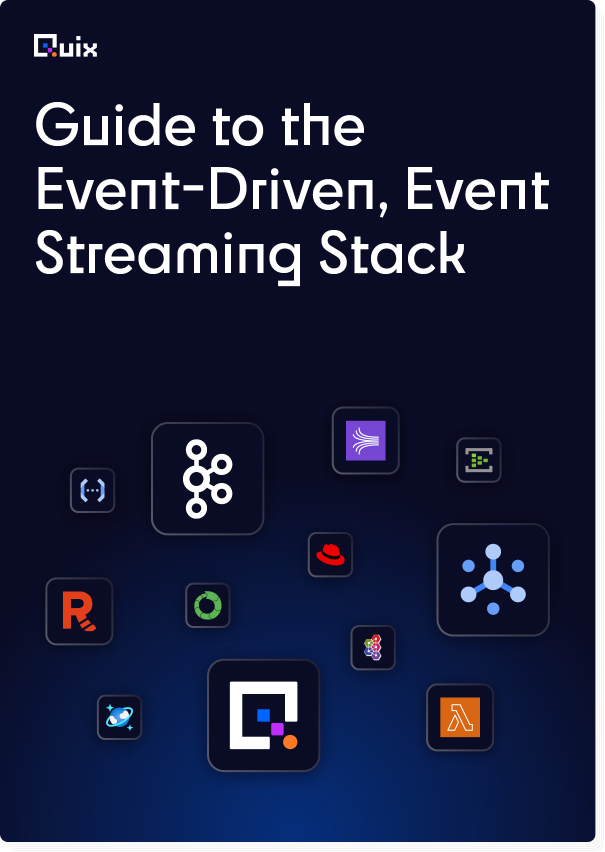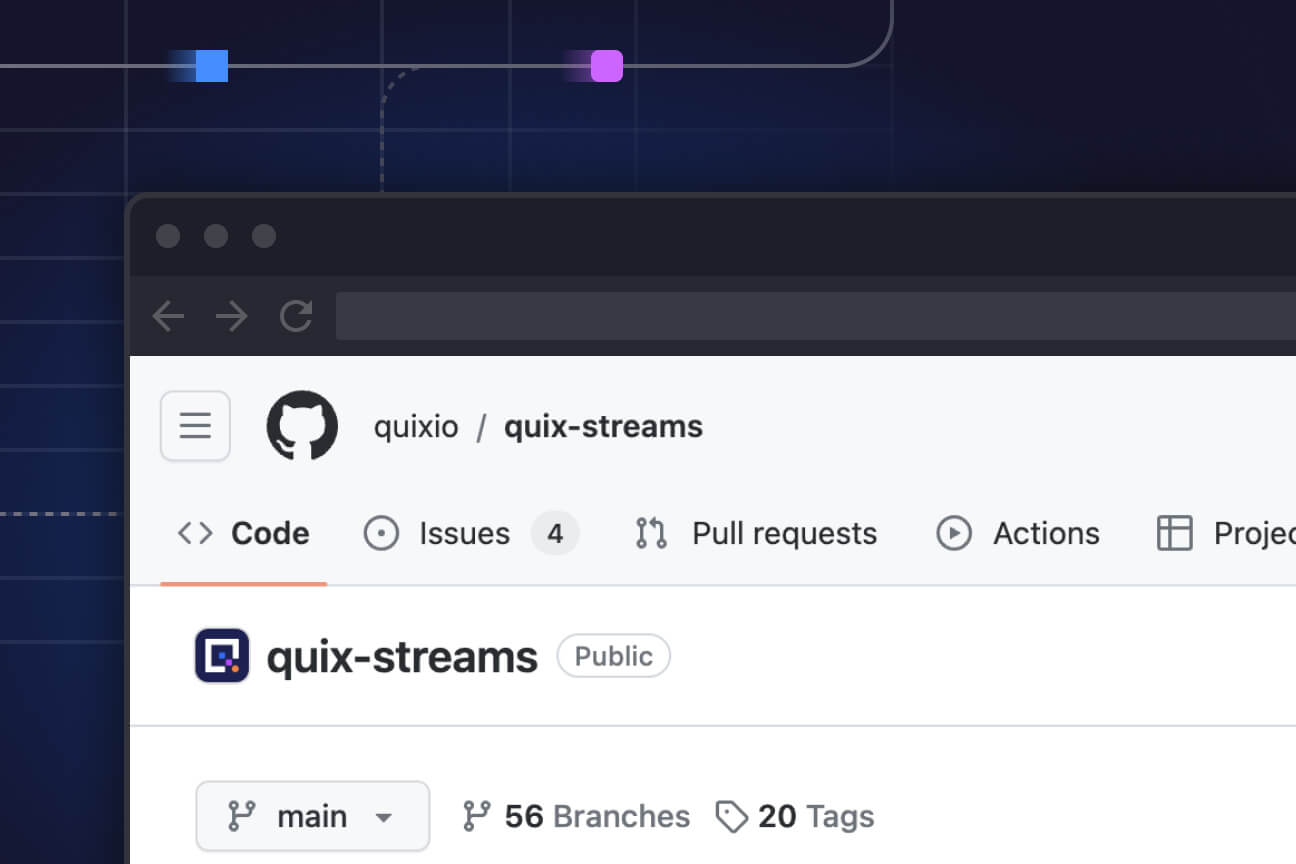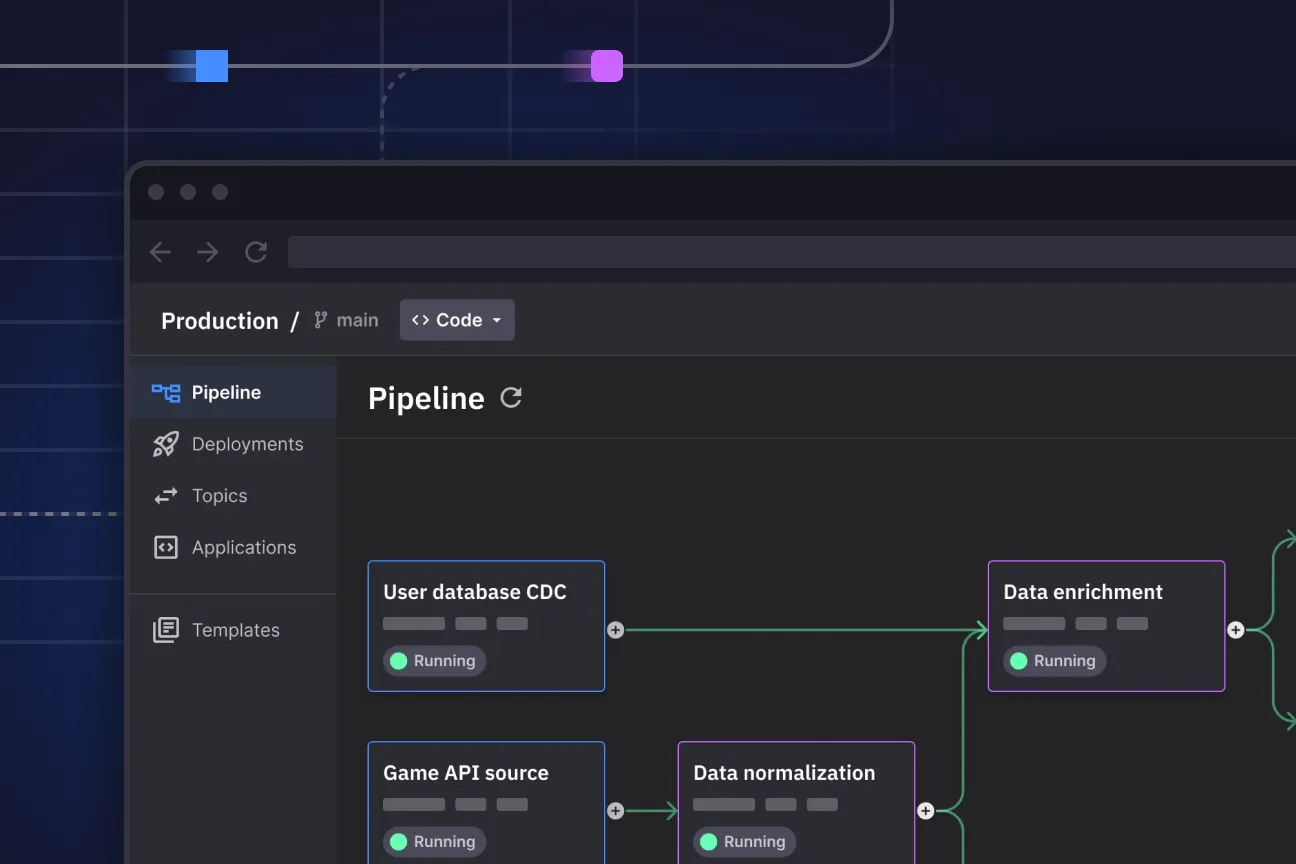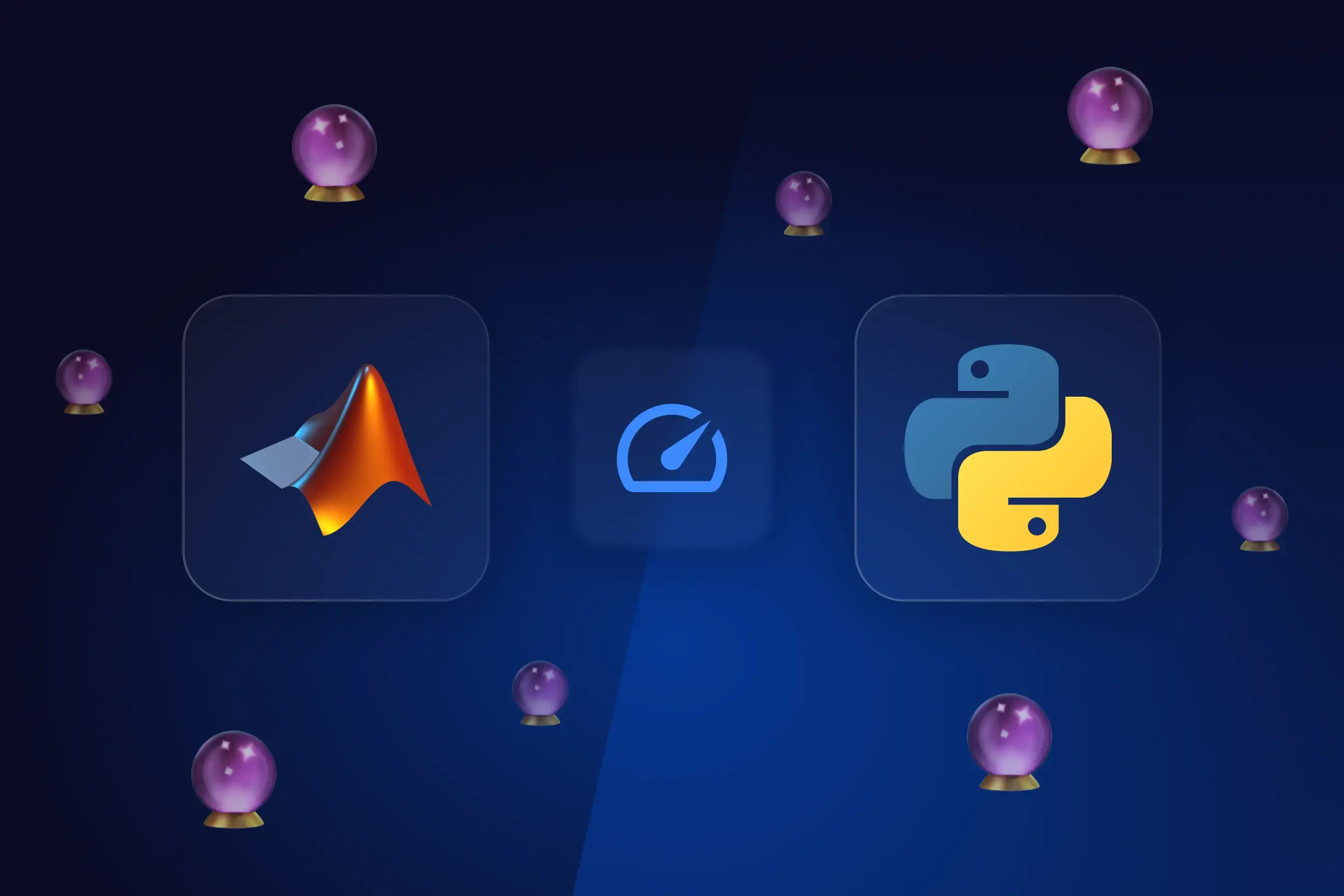The Stream — January 2023 edition
How can you send time-series data to Apache Kafka using Python and Pandas? Plus Apache Flink news, memes, and meetups

How to send tabular time series data to Apache Kafka with Python and Pandas
We put together a tutorial for software engineers to send data to Kafka with Python. This just uses OSS elements and should take 30 minutes or so. By the end of the tutorial, you'll understand:
- Why startups and online businesses use Apache Kafka
- The unique qualities of time series data and how it works with Kafka
- How to install and run Kafka on your local machine
- How to send time series data to Kafka in batches using Python and the Pandas library
What Confluent's acquisition of Immerok means for the future of real-time
Confluent has acquired Immerok, a start-up serving Apache Flink customers. Confluent's CEO Jay Kreps said, "Stream processing enables organizations to clean and enrich data streams to derive actionable insights from their data in real-time. Our planned acquisition of Immerok will accelerate our ability to bring one of the most popular and powerful stream processing engines directly into Confluent"
There are some interesting hot takes on Twitter including this thread by Matthias J Sax, the technical lead of Kafka Streams, as well as this blog from Yaroslav Tkachenko. Exciting times for those building streaming applications!
More news and insights
- How Uber adopted the Kappa Architecture to improve developer productivity - Read more
- Problems We Face for Sending Events to the Secure Kafka in Python - Read more
- Upcoming Stream Processing meetups in Berlin (31/1) and Munich (7/2)
Meme of the Month

What’s a Rich Text element?
The rich text element allows you to create and format headings, paragraphs, blockquotes, images, and video all in one place instead of having to add and format them individually. Just double-click and easily create content.
Static and dynamic content editing
A rich text element can be used with static or dynamic content. For static content, just drop it into any page and begin editing. For dynamic content, add a rich text field to any collection and then connect a rich text element to that field in the settings panel. Voila!
How to customize formatting for each rich text
Headings, paragraphs, blockquotes, figures, images, and figure captions can all be styled after a class is added to the rich text element using the "When inside of" nested selector system.

Check out the repo
Our Python client library is open source, and brings DataFrames and the Python ecosystem to stream processing.

Interested in Quix Cloud?
Take a look around and explore the features of our platform.

Interested in Quix Cloud?
Take a look around and explore the features of our platform.






